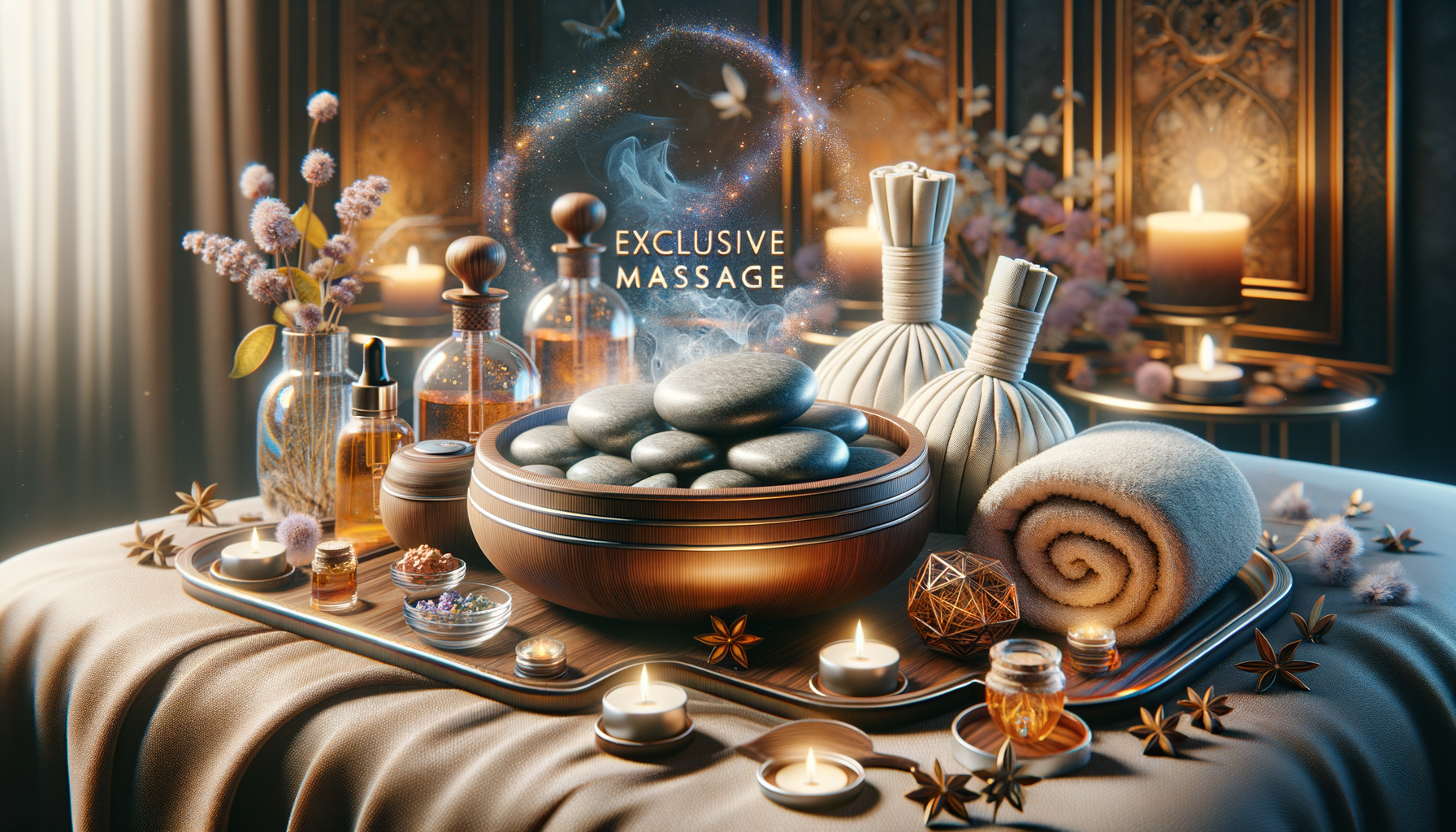Understanding Migraines and Their Impact
Migraines are more than just headaches—they’re complex neurological events that can significantly disrupt daily life. Characterized by intense pulsating or throbbing pain, often on one side of the head, migraines may also be accompanied by nausea, visual disturbances, and sensitivity to light or sound. For many individuals, these episodes can last anywhere from a few hours to several days, making it difficult to maintain normal routines or work commitments.
Although the exact cause of migraines is not fully understood, potential triggers include stress, hormonal changes, sensory stimuli, sleep disturbances, and certain foods or drinks. For those affected, finding strategies to manage or reduce the frequency and intensity of migraines is crucial. Migraine massage, also known as massage therapy for migraine relief, is gaining recognition as a supportive practice in holistic wellness routines.
What Is Migraine Massage?
Migraine massage involves using targeted manual techniques to relieve tension in muscles and improve blood circulation, both of which may contribute to reducing migraine symptoms. The therapy typically focuses on the neck, shoulders, back, and scalp—areas commonly associated with tension and stress accumulation. Unlike general massages, this approach is tailored specifically to address migraine-related discomfort and associated tension patterns.
Common techniques used in migraine massage include:
- Trigger point therapy: Applying pressure to specific points to release muscle knots and reduce referred pain.
- Myofascial release: Gentle, sustained pressure to loosen fascia surrounding muscles.
- Swedish massage: Long, flowing strokes to promote relaxation and circulation.
- Scalp massage: Stimulating the scalp to enhance blood flow and reduce head tension.
These techniques are often customized based on an individual’s symptoms and pain profile. For some, regular sessions may contribute to a noticeable reduction in migraine frequency or severity, especially when combined with other lifestyle adjustments.
How Massage May Help with Migraine Management
While migraine massage may not be a cure, it can play an important role in a broader management plan. One of the key benefits lies in its ability to reduce stress—a common trigger for migraines. By promoting relaxation and lowering cortisol levels, massage can help the body maintain a more balanced state, potentially making it less reactive to migraine-inducing factors.
Additional benefits of migraine massage may include:
- Improved sleep patterns: Better rest can reduce the likelihood of migraine onset.
- Decreased muscle tension: This can ease pressure on nerves and vessels associated with migraine pain.
- Enhanced circulation: Improved blood flow may help flush out inflammatory substances linked to pain.
- Support for mental well-being: Reduced anxiety and improved mood can positively influence migraine patterns.
It’s important to consult with a qualified massage therapist who has experience in treating migraine-prone individuals. A personalized approach ensures that pressure levels, techniques, and session frequency are appropriate for the individual’s condition.
Considerations Before Starting Migraine Massage
Before beginning any new therapy, it’s essential to consider a few important factors. Not everyone with migraines will respond the same way to massage, and in some cases, it could initially cause temporary discomfort. Individuals should first consult with a healthcare provider, particularly if they have underlying conditions such as vascular issues, neurological disorders, or spine injuries.
Key considerations include:
- Medical history: Share any chronic conditions with your massage therapist to avoid complications.
- Trigger awareness: Be mindful of personal migraine triggers and discuss them during your consultation.
- Session timing: Some people benefit from massage during the early signs of a migraine, while others prefer it between episodes for preventive care.
- Hydration: Drinking water before and after massage sessions can help flush toxins released during the treatment.
Listening to your body and communicating openly with your therapist can help tailor the approach to suit your individual needs. Adjustments in technique or pressure can make a significant difference in comfort and outcomes.
Integrating Migraine Massage into a Wellness Routine
To gain the most from migraine massage, it’s helpful to view it as one component of a broader self-care and wellness plan. While not a replacement for medical treatment, it complements other therapies such as medication, dietary changes, and stress management techniques. Building a consistent routine may enhance long-term benefits and help reduce the burden of chronic migraines.
Suggestions for integrating massage therapy into your lifestyle include:
- Scheduling regular sessions, such as biweekly or monthly, based on your needs and migraine patterns.
- Combining massage with mindfulness practices like meditation or yoga to enhance stress reduction.
- Tracking your symptoms in a journal to identify patterns and measure response to massage therapy.
- Staying proactive with hydration, sleep hygiene, and posture awareness in daily activities.
Over time, individuals may find that migraine massage fosters a better understanding of their body’s signals and improves overall resilience to stressors. It can be particularly empowering for those seeking more natural and supportive methods to manage chronic migraine pain.




Leave a Reply